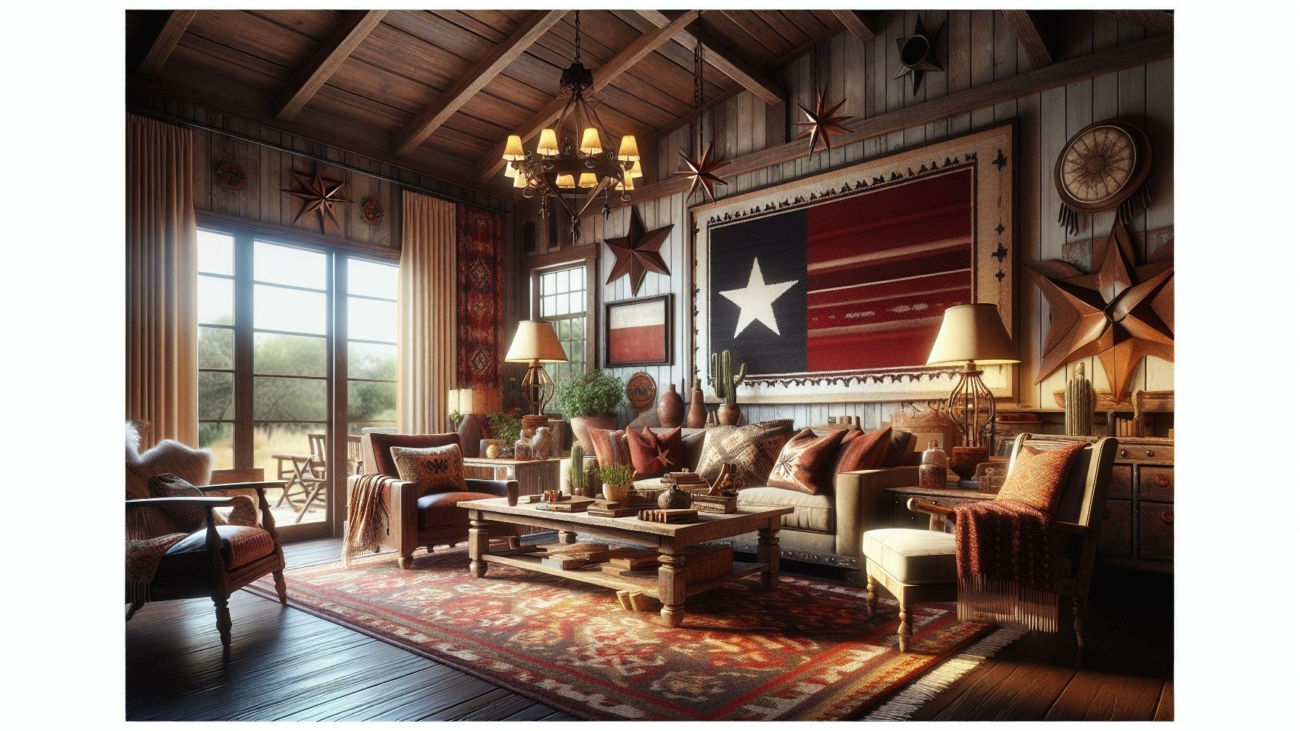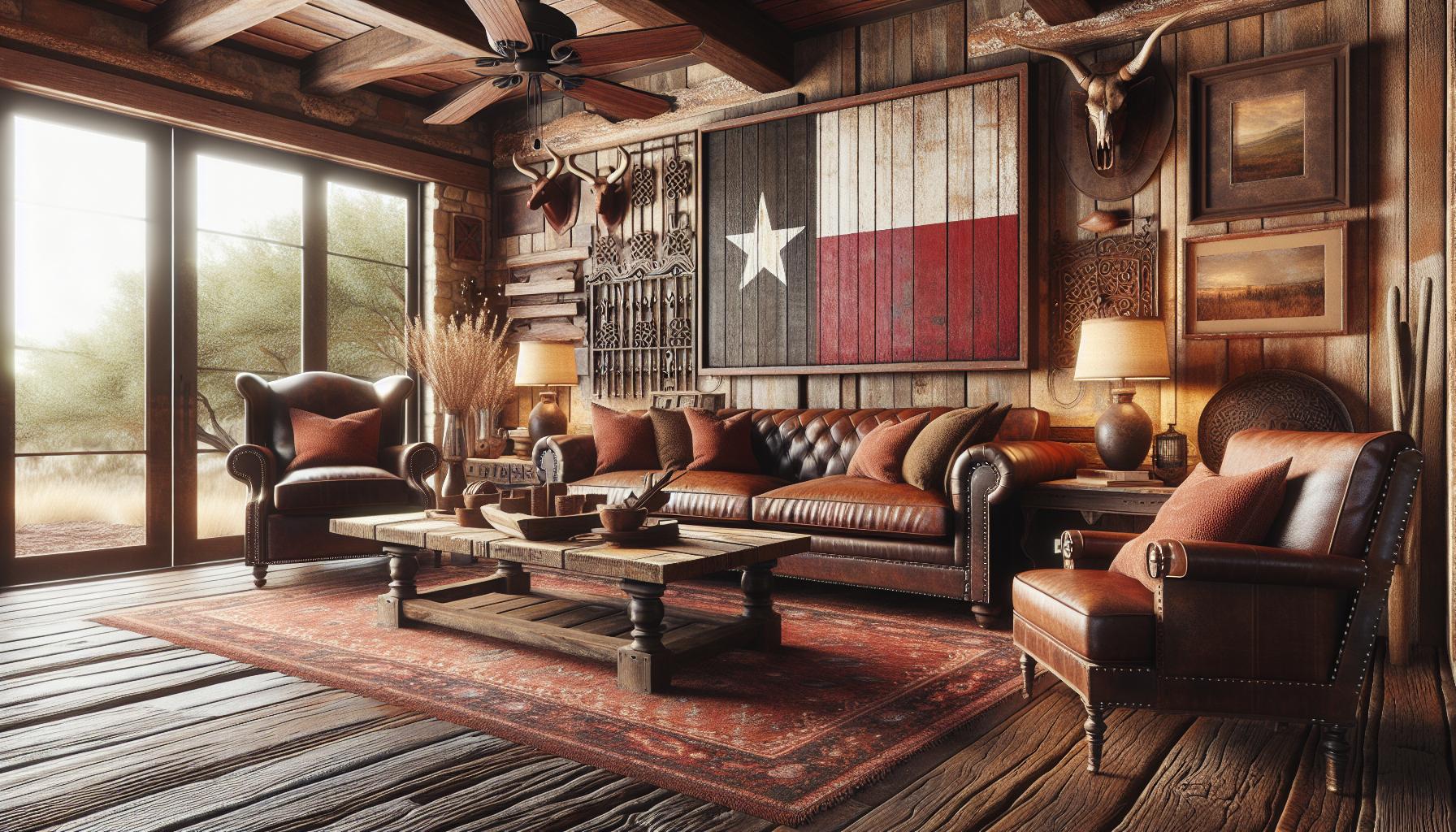Understanding what drives people to act is crucial in various fields, from education to business. The cognitive theory of motivation provides a compelling framework for exploring these inner workings. By emphasizing the role of thought processes in motivating behavior, this theory challenges traditional views that focus solely on external rewards or punishments.
Cognitive theorists argue that individuals are not just passive recipients of stimuli but active participants in their motivation. They assess their goals, beliefs, and expectations, which ultimately influence their actions. This perspective opens up new avenues for enhancing personal and organizational performance, making it essential for anyone looking to unlock the full potential of motivation.
Cognitive Theory of Motivation
Cognitive theory of motivation emphasizes the role of mental processes in influencing behavior and goal achievement. This theory posits that individuals actively interpret their experiences and the environment, shaping their motivation through their thoughts, beliefs, and expectations. Cognitive theorists assert that motivation stems from an individual’s perceived value of success, understanding of their competencies, and anticipated outcomes.
Key components of cognitive theory of motivation include:
- Goal Setting: Goals serve as focal points, guiding individuals to direct their efforts. Explicitly defined goals enhance performance by providing clear targets.
- Self-Efficacy: This reflects an individual’s belief in their capability to accomplish specific tasks. Higher self-efficacy correlates with increased motivation and persistence in efforts toward achieving goals.
- Expectancy Theory: This framework suggests that motivation is influenced by the expectation of success and the value placed on the anticipated outcome. When the expectation of success aligns with desired outcomes, motivation increases significantly.
- Attribution Theory: This concept focuses on how individuals interpret causes of their successes or failures. Positive attributions boost motivation, while negative attributions can diminish it.
Cognitive theory underlines the importance of fostering a supportive environment that strengthens self-efficacy and sets achievable goals. By understanding these cognitive processes, organizations and individuals can enhance motivation, optimize performance, and achieve greater outcomes.
Key Principles of Cognitive Theory
 Cognitive theory of motivation comprises several key principles that illustrate how mental processes influence behavior. Understanding these principles can enhance motivation and performance in various contexts.
Cognitive theory of motivation comprises several key principles that illustrate how mental processes influence behavior. Understanding these principles can enhance motivation and performance in various contexts.
Cognitive Appraisal
Cognitive appraisal refers to the individual’s evaluation of a situation, determining its significance and relevance to personal goals. This evaluation drives emotional responses and subsequent actions. For example, when faced with a challenging task, an individual’s belief in the task’s importance, coupled with their ability to succeed, affects their motivation level. Positive appraisals can enhance motivation, while negative ones can hinder it. Significant aspects of cognitive appraisal include:
- Primary Appraisal: Assessing whether a situation is a threat, a challenge, or benign.
- Secondary Appraisal: Evaluating available resources and options to cope with the situation.
Expectancy Theory
Expectancy theory posits that motivation is based on the expectations of successful outcomes and the value placed on those outcomes. This theory comprises three main components:
- Expectancy: The belief that effort leads to performance. High expectancy increases motivation when individuals perceive their efforts as likely to lead to success.
- Instrumentality: The expectation that performance results in specific outcomes. If individuals believe that successful performance will yield desired rewards, their motivation heightens.
- Valence: The value individuals assign to those rewards. High valence for outcomes leads to greater motivation, as individuals pursue goals that align with their preferences and values.
Together, these components create a framework for understanding how individuals’ expectations shape their motivation and decision-making processes.
The Role of Beliefs in Motivation
Beliefs significantly influence motivation by shaping individuals’ perceptions of their capabilities and the outcomes of their efforts. Understanding these beliefs within cognitive theory enhances strategies for encouraging motivated behavior.
Self-Efficacy
Self-efficacy refers to an individual’s belief in their ability to succeed in specific tasks. High self-efficacy correlates with resilient goal-setting and persistence. People with strong self-efficacy approach challenges with confidence, leading to greater effort and improved performance. Bandura’s research highlights that enhancing self-efficacy through mastery experiences, verbal persuasion, and observing others can lead to increased motivation. For example, training programs focused on skill development typically boost self-efficacy, resulting in better outcomes for participants.
Attribution Theory
Attribution theory examines how individuals interpret their successes and failures, directly influencing their future motivation. It categorizes attributions into internal and external dimensions. Internal attributions relate to personal factors, such as effort or ability, while external attributions consider situational factors, like task difficulty or luck. Optimistic self-attribution fosters motivation, as individuals believe their efforts lead to successful outcomes. In contrast, maladaptive attributions can diminish motivation. For instance, if a student attributes poor grades to lack of ability, they may feel discouraged and unmotivated to improve. Understanding attribution styles enables tailored interventions that promote positive motivational beliefs.
Applications of Cognitive Theory in Real Life
Cognitive theory of motivation finds practical applications across various fields, driving improvements in education and workplace settings. Its principles actively enhance individual and group performance by leveraging thought processes to foster motivation.
Education
Cognitive theory significantly impacts educational settings by guiding teaching methodologies. Strategies such as goal setting and self-regulated learning empower students to take ownership of their educational experiences. Educators can utilize formative assessments to provide feedback, fostering a growth mindset that enhances self-efficacy. Programs encouraging peer collaboration bolster motivation through social reinforcement and shared goal achievement. Additionally, understanding students’ expectations of success allows educators to tailor learning experiences, increasing engagement and persistence in academic pursuits.
Workplace Motivation
In the workplace, cognitive theory informs practices that boost employee engagement and productivity. Implementing goal-setting frameworks aligns individual objectives with organizational ambitions, creating a sense of purpose. Providing opportunities for skill development enhances self-efficacy, ensuring employees feel capable of meeting performance expectations. Recognizing achievements through positive feedback reinforces a culture of motivation and accountability. Furthermore, understanding employees’ belief systems regarding their roles and contributions supports the development of tailored strategies that optimize motivation levels within teams.
Critiques and Limitations of Cognitive Theory
Cognitive theory of motivation faces several critiques and identifies limitations that impact its broad applicability.
- Overemphasis on Cognitive Processes: Critics argue that cognitive theory places excessive focus on mental processes, potentially neglecting emotional and social factors. Motivation often stems from feelings and social dynamics, which cognitive frameworks might inadequately address.
- Complexity of Human Behavior: Human behavior exhibits complexity that cognitive theory may simplify. The interplay of multiple motivational factors—such as biological, emotional, and environmental influences—requires a more integrated approach for a complete understanding.
- Variability in Individual Responses: Individual differences play a significant role in motivation. Cognitive theory may not account for varying responses to similar stimuli across different contexts or situations. Personal backgrounds and experiences can significantly affect motivation, leading to varying interpretations of cognitive constructs.
- Challenges in Measurement: Quantifying cognitive processes presents challenges. Instruments assessing mental constructs like self-efficacy or belief may lack reliability or validity, leading to misconceptions about their actual influence on motivation.
- Context Dependence: Contextual factors can significantly influence motivational outcomes. Cognitive theories may not fully encompass context-specific variables, resulting in a lack of generalizability across diverse cultural or organizational settings.
- Dynamic Nature of Motivation: Motivation is inherently dynamic, fluctuating over time based on circumstances. Cognitive theory may not adequately reflect this variability. The static nature of cognitive constructs often fails to capture the evolving states of motivation individuals experience.
- Limited Consideration of External Factors: While cognitive theory emphasizes internal mental processes, it often overlooks critical external factors such as environmental support, resources, and rewards. These elements can substantially impact how motivation manifests in practical scenarios.
- Potential for Misapplication: Misapplication of cognitive theory principles can occur in practice. For instance, poorly designed goal-setting techniques based on cognitive theories might discourage rather than motivate individuals.
Understanding these critiques and limitations provides a more comprehensive perspective on cognitive theory’s application in motivational contexts.
Personal Development
The cognitive theory of motivation offers a profound understanding of the intricate relationship between thought processes and human behavior. By recognizing how beliefs, expectations, and goal-setting influence motivation, individuals and organizations can create environments that foster growth and achievement. Emphasizing self-efficacy and positive attribution styles can lead to enhanced performance and resilience.
While the theory has its critiques, its practical applications in education and the workplace demonstrate its value in driving motivation. By integrating cognitive principles with emotional and social factors, a more holistic approach to motivation emerges. This comprehensive perspective not only enriches personal development but also optimizes organizational effectiveness, paving the way for sustained success.




